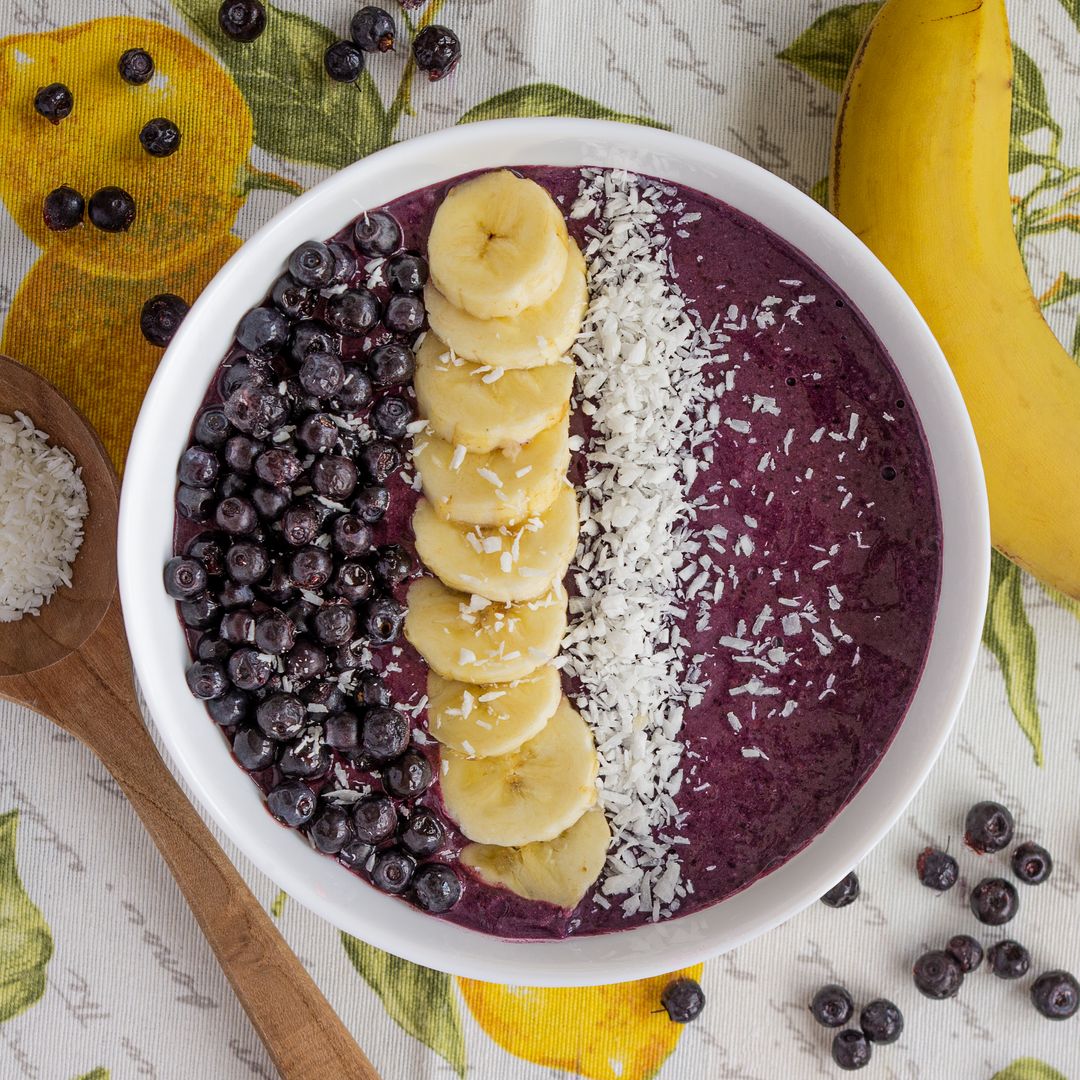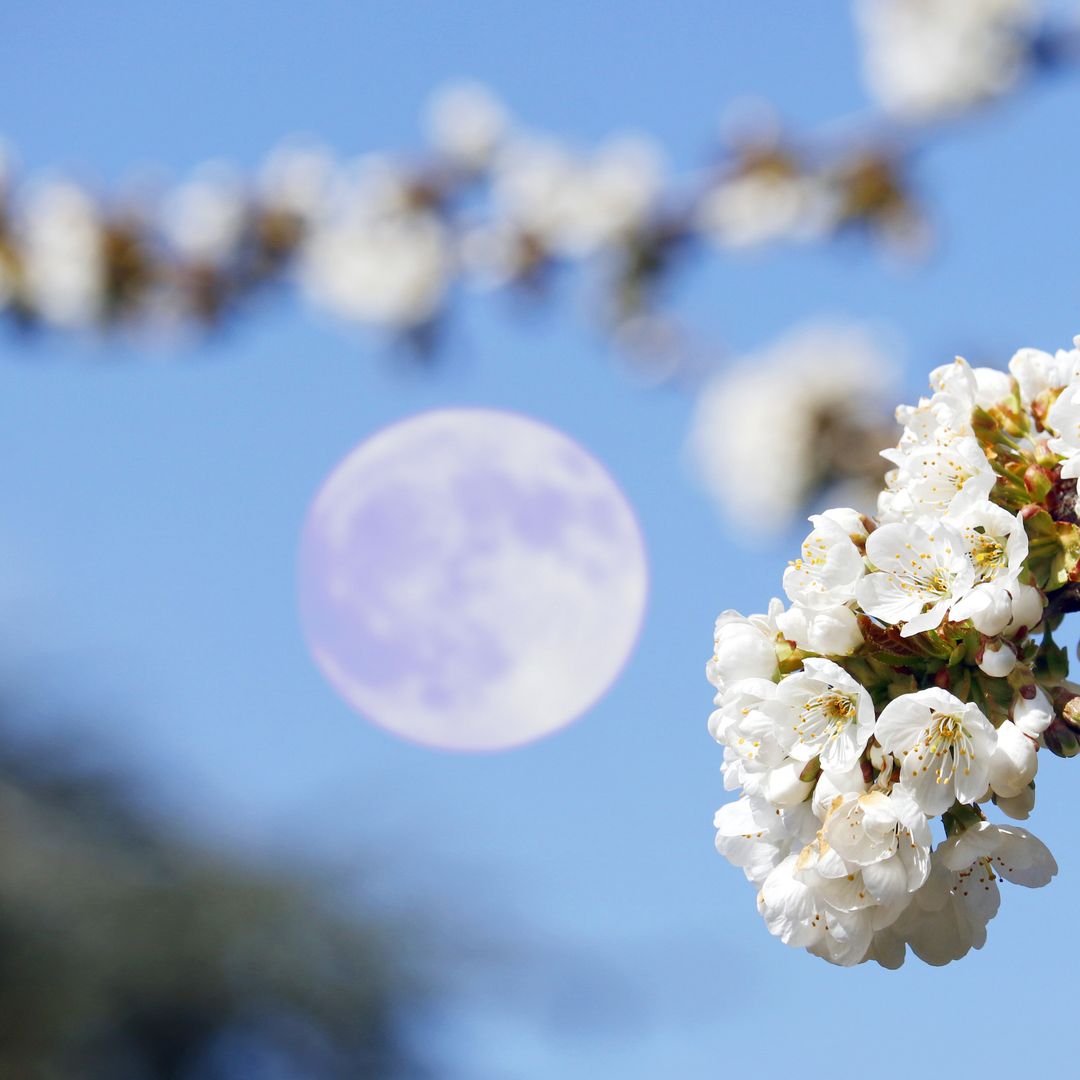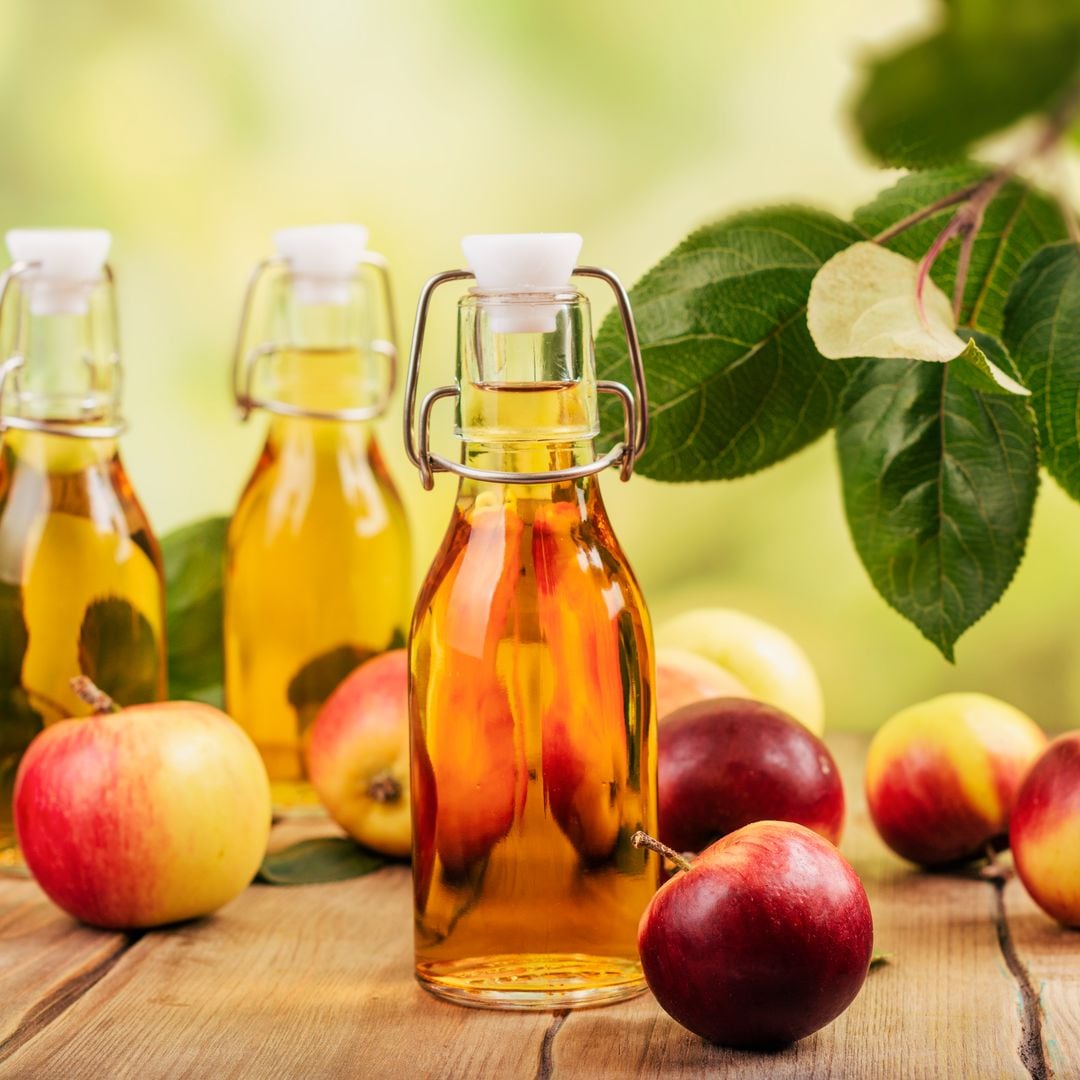We have all seen the signs in front of restaurants that say “No MSG,” or maybe you’ve read an article about why shouldn’t eat it. The demonization of monosodium glutamate (MSG) goes back to the 1970s and 80s, but are there any fact-based reasons why you shouldn’t eat the pure umami seasoning?
Comedian and activist Jenny Yang and MSG-producing company Ajinomoto recently hosted an MSG-filled dinner cooked by Chef Saeng Douangdara for a campaign called #DinnerwithGoop. They extended an invitation to Goop in hopes of helping bring MSG awareness to the popular wellness site that has been called “notoriously anti-MSG.” Unfortunately, they were not in attendance.
The event hoped to demystify ideas about “clean eating” specifically when it comes to MSG. It also aimed to bring awareness on how labeling certain foods, spices, or seasonings, can come with the alienation and othering of different cultures. Since food is incredibly cultural, going on to label something as “bad” or “dirty” can be very problematic.
“I don’t care whatever culture you are, especially if you’re an immigrant, food no matter what- even if you’ve lost all different ties (language, whatever)- ties you to the home country. Food is always what keeps you tethered and connected,” Yang said at dinner.
So let’s learn some facts about MSG, per Ajinomoto:
- Professor Ikeda determined that the savory taste on our tongues was due to L-glutamic acid (glutamate), a nonessential amino acid. When combined with sodium, it became MSG. He filed a patent to sell it commercially in 1909.
- MSG is safe to eat, according to the FDA. It has also been eaten for the last 100 years.
- There is science when it comes to how much better it makes your food taste. Umami is the core fifth taste (sweet, sour, salty, bitter), with scientists identifying umami taste receptors on the human tongue in 2002. Since MSG is the purest form of umami, the taste is universally enjoyed.
- Glutamate is the key component of MSG, and it occurs naturally in a lot of foods like tomatoes, salmon, and parmesan cheese.
- There is this idea that MSG is loaded with sodium, but it actually lowers sodium in meals and recipes up to 40% when added instead of table salt. According to glutamate.org, MSG is often an important ingredient for people on a low-sodium diet because it improves the flavor and reduces the need for salt.
- MSG is not a toxin. It starts with plants like corn and sugar cane before being turned into the ingredient through fermentation. And no, it won’t cause headaches.
So next time you see something is cooked with MSG, don’t be scared, and let your taste buds go on a ride.
,type=downsize)






